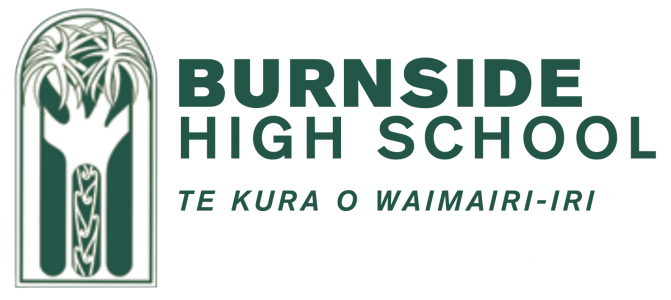
NCEA Level 2 Art History
12ARH Course DescriptionTeacher in Charge: Ms V. Mentink.
Recommended Prior LearningNo restrictions to entry.

Art History explores how art reflects the values, ideas and developments of the time through the study of key art works (painting, sculpture, architecture, design) and the artists who made them.
Students with an interest in the visual arts, classics, history and culture will gain skills in visual literacy and critical thinking that can be applied to a broad range of tertiary studies as well as many career pathways, in particular, architecture, art and design, visual communication and media. Students will be encouraged to make connections to their own world and contemporary culture.
No practical art skills are required to study Art History and the course is designed to both engage and extend students with no prior knowledge of the subject. Additional to the range of academic benefits gained, Art History is culturally enriching and leads to a lifetime of art appreciation.
Students can choose an internal-only course or a combination of internal and external assessment.
2025 Course
Towards Modernism (c1780–1900)
In this course students will learn about:
- the French Revolution and the dramatic changes in art and society that followed throughout the 19th century.
- key French paintings, sculpture, and architecture
- key architectural and engineering developments
- key technological developments and influences e.g. advent of photography, Japanese art
- key ideas and philosophies of the 19 century, including theories of Charles Darwin and Karl Marx
Key art movements covered in the course are:
- Neoclassicism, Romanticism, Realism, Impressionism, Post-Impressionism
Key artists
- David, Delacroix, Manet, Monet, Morisot, Degas, Seurat, Van Gogh, Gauguin, Cezanne
Key architectural styles and developments:
- Neoclassicism, early Modernism
- buildings and structures: e.g. Eiffel Tower, Pantheon, Arc de Triomphe, Crystal Palace (London)
Key subject matter:
- modernity (cities, railways, café society, technology, science), and philosophy; the depiction of men and women; contemporary events (politics and revolution e.g. Napoleon Bonaparte)
Art History at Level 2 provides students with a solid foundation in which to appreciate the great art movements and developments of design and architecture of the 20th century. The Level 2 links strongly with the Level 3 Art History course which primarily focuses on 20th-century developments in art.
Learning Areas:
Assessment Information
Students can choose to complete an internal only option or a combination of internal and external standards. Although there is flexibility which standards students complete, they are not expected to complete more than 20 credits.
Art History provides values skills and knowledge that can lead to exciting careers in architecture, interior design, visual media and IT, advertising, marketing, fashion, tourism as well as curating and conservation work in galleries, museums and libraries.
Career PathwaysAdvertising Specialist, Copywriter, Sales and Marketing Manager, Anaesthetic Technician, Architect, Architectural Technician, Art Director (Film, Television or Stage), Historian, Artistic Director, Film and Video Editor, Auctioneer, Film/Television Camera Operator, Urban/Regional Planner, Journalist, Graphic Designer, Interior Designer, Communications Professional, Editor, Curator, Graphic Pre-press Worker, Director (Film, Television, Radio or Stage), Exhibition and Collections Technician, Media Producer, Production Assistant (Film, Television, Radio or Stage), Primary School Teacher, Market Research Analyst, Tertiary Lecturer, Private Teacher/Tutor, Project Manager, Secondary School Teacher, Marketing Specialist
Contributions and Equipment/StationeryApproximately $70 for two NCEA Art History workbooks, with colour images. These workbooks have been written to fully support the course.